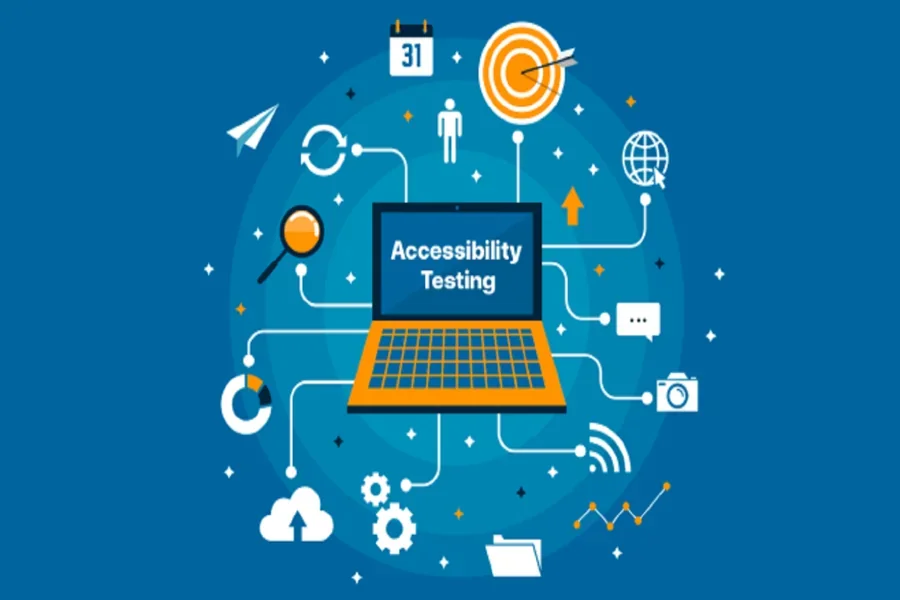Making Inclusivity a Core Part of Product Development
Inclusive products aren’t just about compliance—they create better experiences for everyone. Teams that integrate accessibility testing services early in the development process deliver experiences that are perceivable, operable, understandable, and robust for all users. This guide explains how to blend automated tools with manual audits and assistive technology (AT) validation to achieve WCAG AA compliance while maintaining high Agile velocity.
Table of Contents
- Why accessibility should be part of your definition of done
- What automated tools catch—and what they can’t
- A multi-layered testing strategy
- CI/CD integration without slowing teams
- Key metrics to track
- Common pitfalls to avoid
- The benefits of accessibility
Why Accessibility Should Be Part of Your Definition of Done
Accessibility issues become significantly more expensive to fix the longer they remain undiscovered. Embedding accessibility checks into your definition of done (DoD) prevents regressions from piling up. Best practices include:
- Running automated scans during pull requests (PRs)
- Validating keyboard navigation and focus states before merging
- Performing targeted AT checks prior to release
Think of accessibility as a non-negotiable quality standard, just like performance or security.
What Automated Tools Catch—and What They Can’t
Automated scanners excel at identifying structural accessibility issues, such as:
- Missing alt attributes
- Invalid ARIA roles
- Insufficient color contrast
- Unlabeled form controls
- Improper heading and landmark usage
Complement these with component-level unit tests that check accessible names, roles, states, and visible focus.
However, tools cannot evaluate meaning, cognitive load, or keyboard discoverability. Manual reviews and AT testing (using NVDA, JAWS, VoiceOver, TalkBack) are critical for these aspects.
A Multi-Layered Testing Strategy
Component Layer:
- Linting and snapshot tests for name, role, and value
- Documented keyboard mappings in your design system
Template/Page Layer:
- Automated scans for headings, landmarks, and contrast
- Visual diffs to catch unintended layout regressions
Journey Layer:
- Human keyboard-only runs to verify tab order, modal exit paths, error announcements, and 200–400% zoom reflow
AT Validation:
- Confirm reading order, rotor/landmark navigation, live region announcements, and proper form error linkage
CI/CD Integration Without Slowing Teams
- Keep PR checks fast with headless scans on changed pages or components
- Fail builds on critical violations and attach artifacts (screenshots, DOM snippets, violation reports) for faster triage
- At merge, run a broader scan against the preview environment
- For release candidates, conduct a curated set of manual and AT checks on key workflows (sign-in, checkout, account management)
Key Metrics to Track
- Violations per 1,000 DOM nodes
- Time to remediate P0 issues
- Recurrence rate per component
- Regression count per release
Trends should decrease over time; if not, reinforce component-level patterns so fixes propagate across the product.
Common Pitfalls to Avoid
- Removing focus outlines (outline: none) without a replacement
- Custom widgets that ignore ARIA design patterns
- Using color as the only signal (e.g., error states) without programmatic cues
- Relying solely on automated scans—human validation is essential
The Benefits of Accessibility
Adopting a disciplined accessibility testing strategy results in:
- Stronger UX and more inclusive products
- Lower legal risk
- Improved SEO and performance (semantic markup benefits both)
- Happier and more satisfied users
By combining automated accessibility testing software with human evaluation, accessibility becomes a sustainable, repeatable part of your engineering culture.

